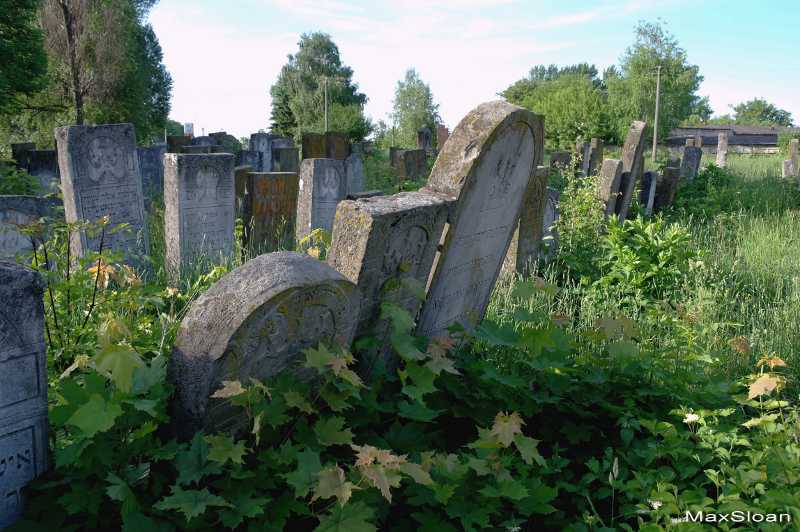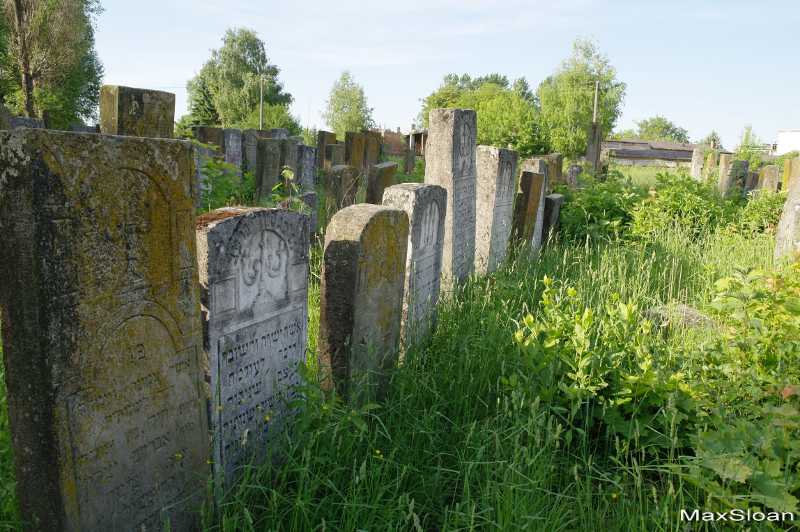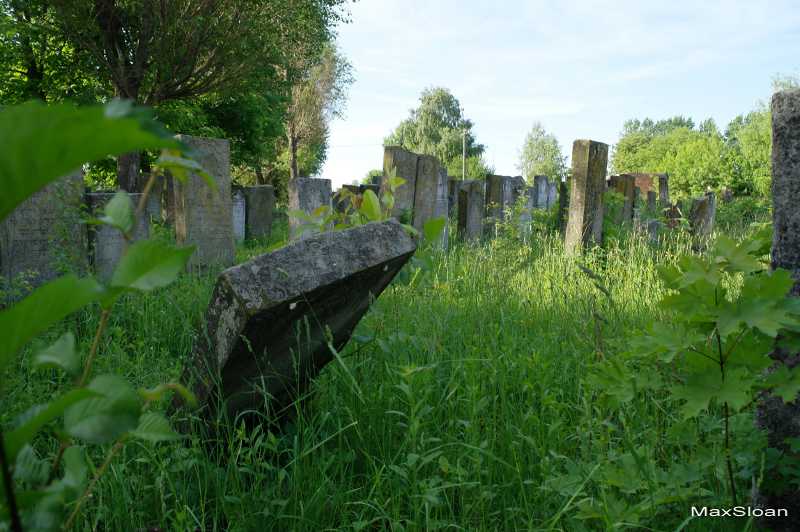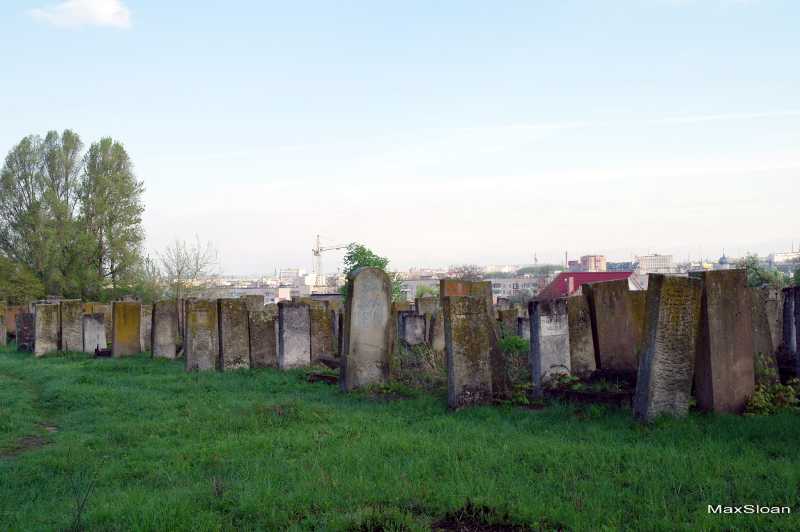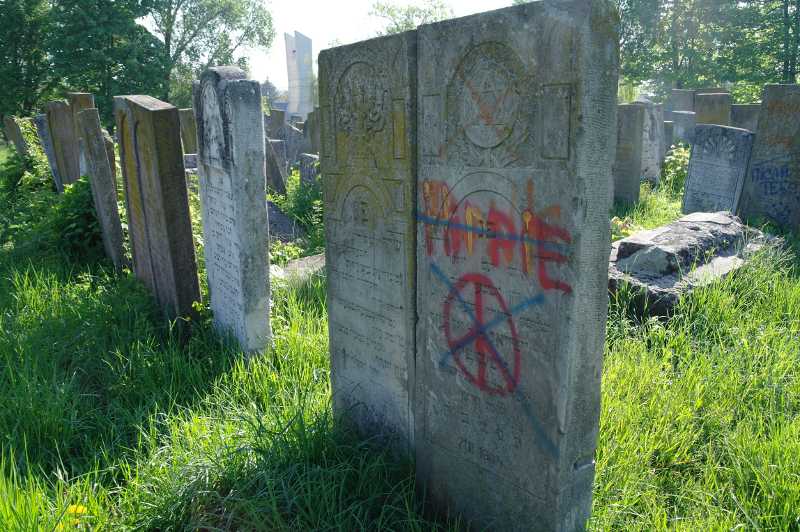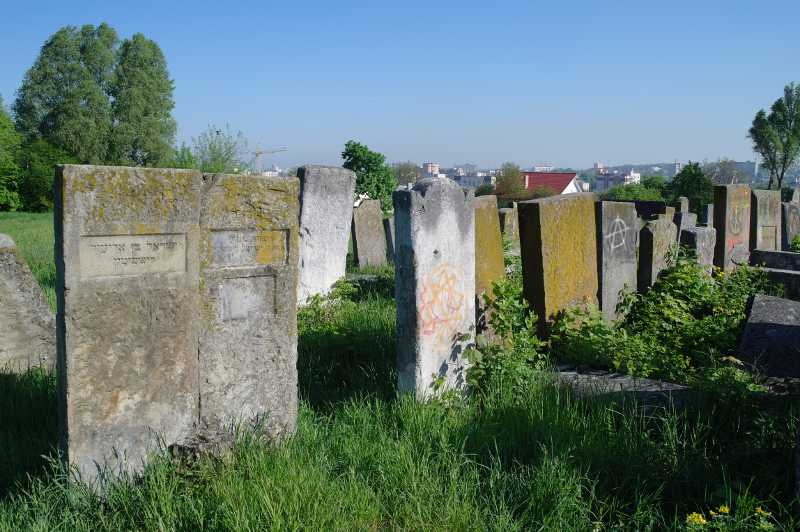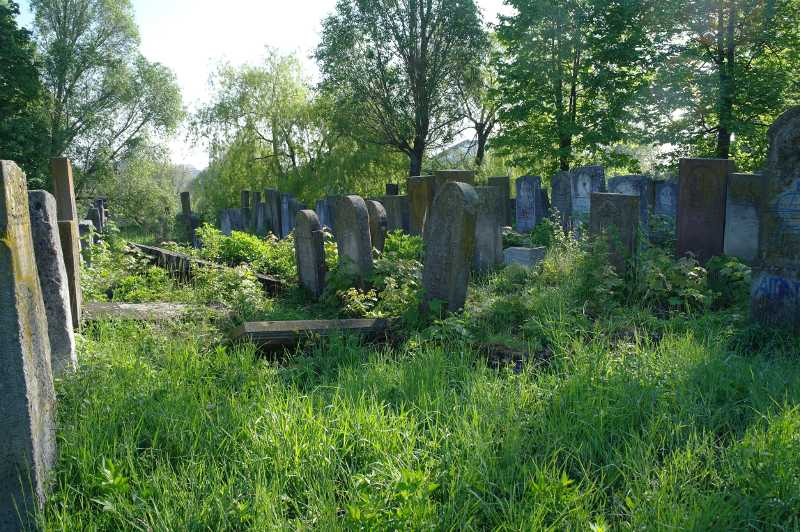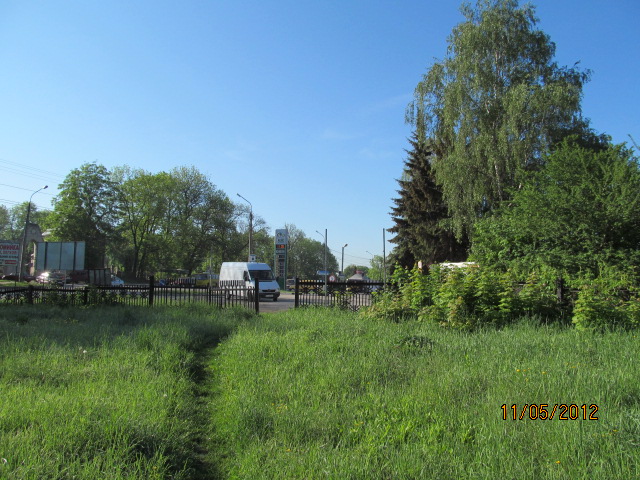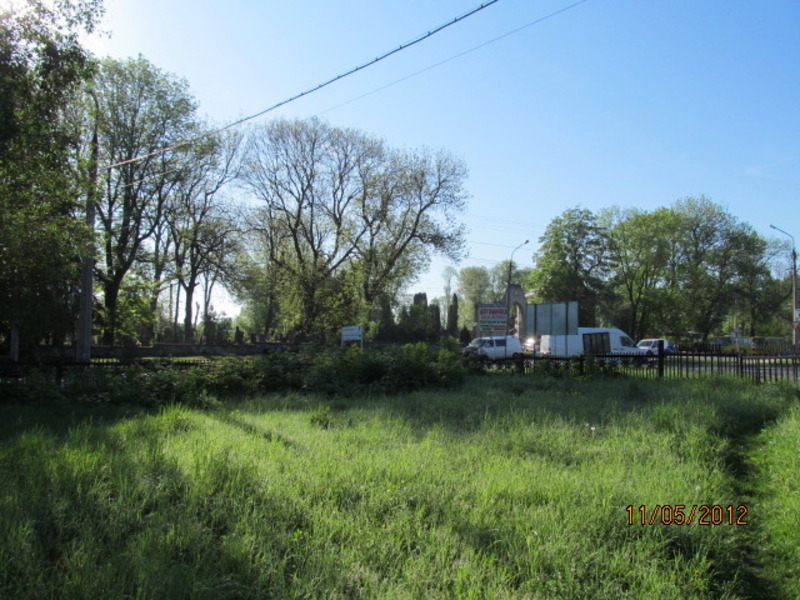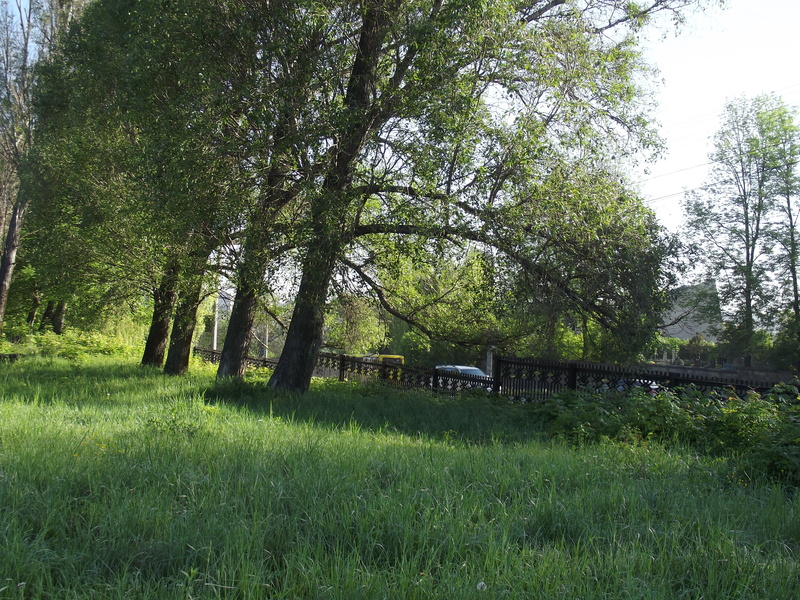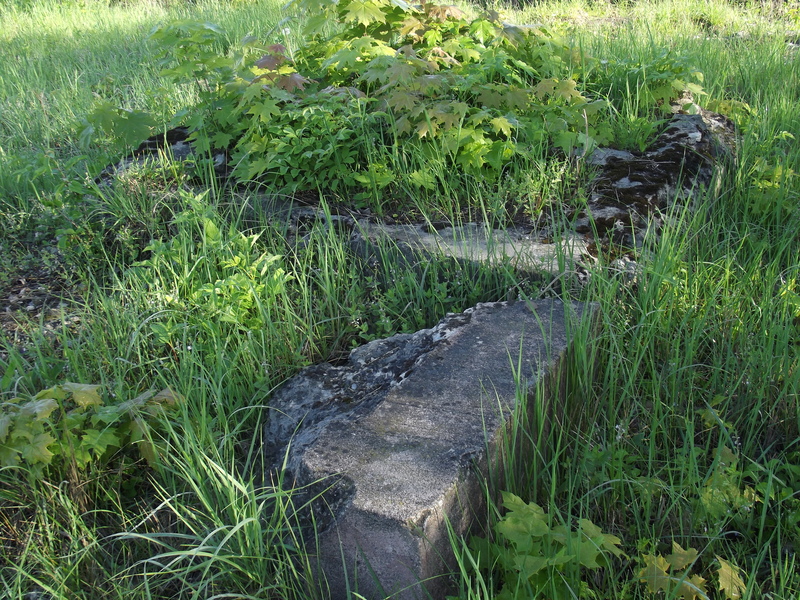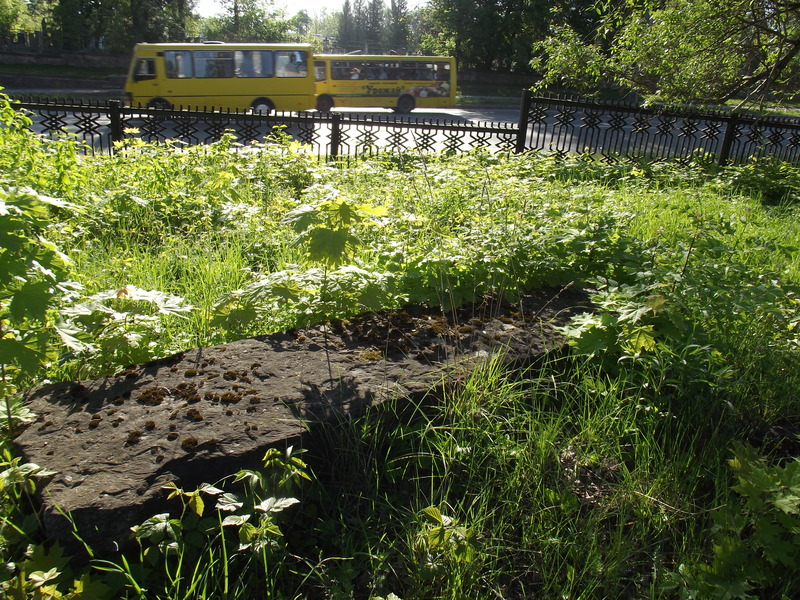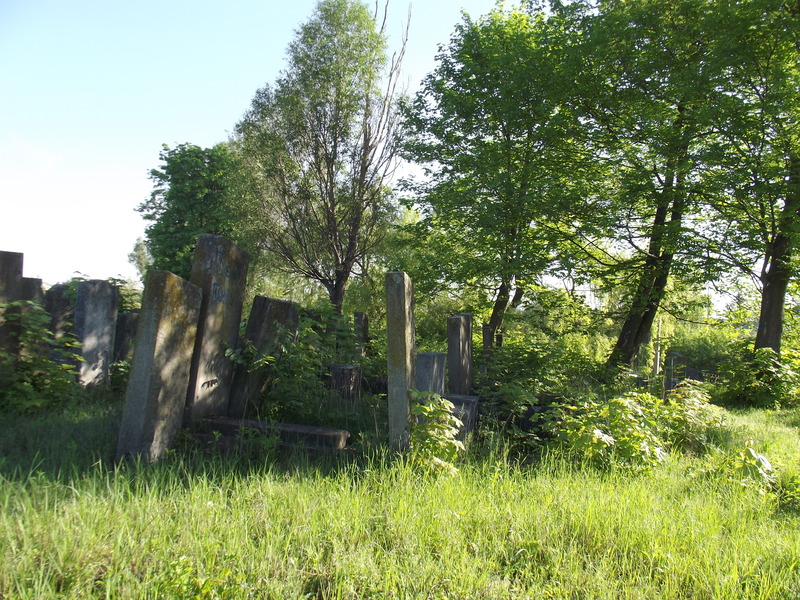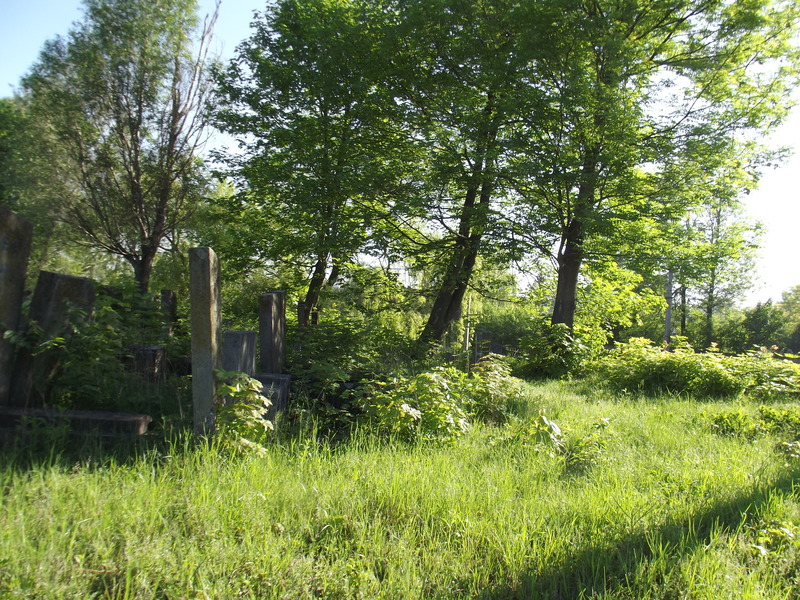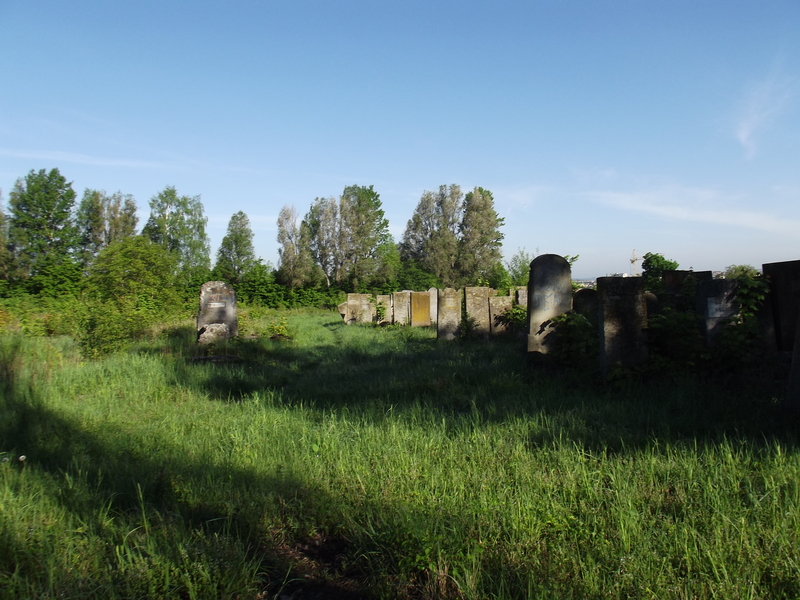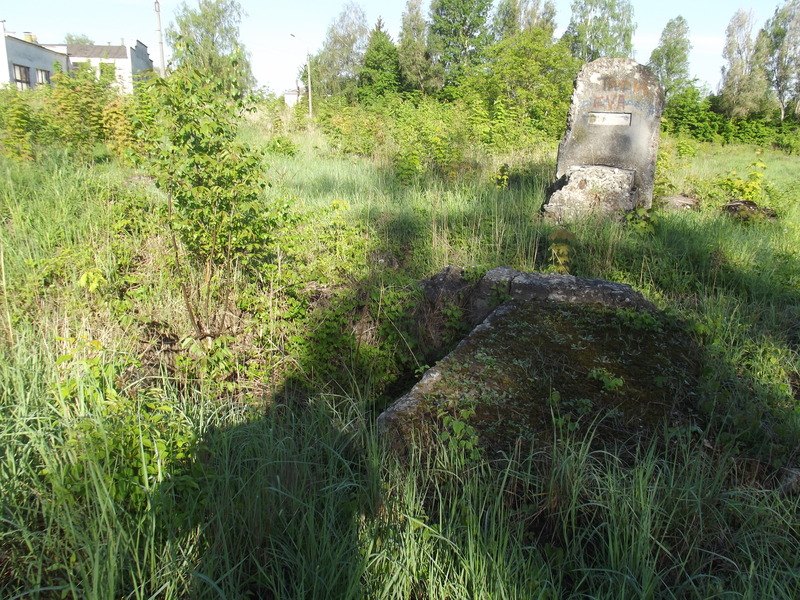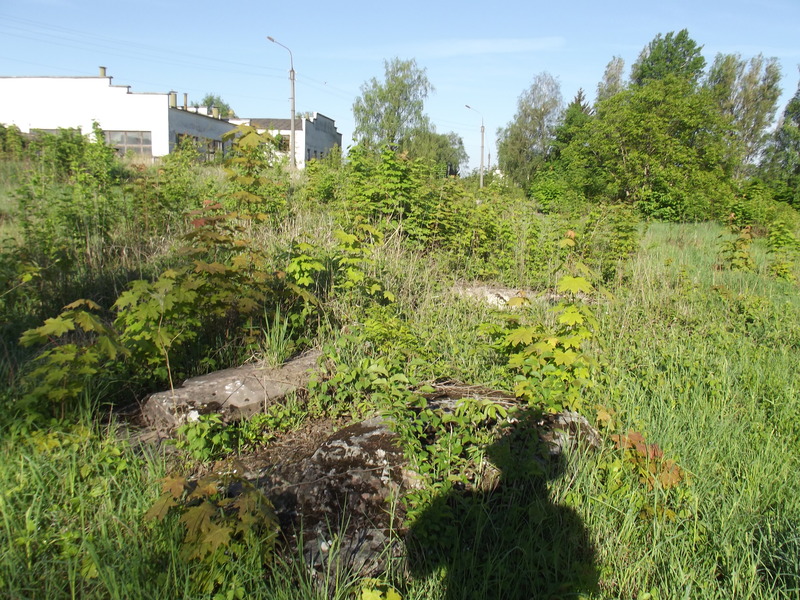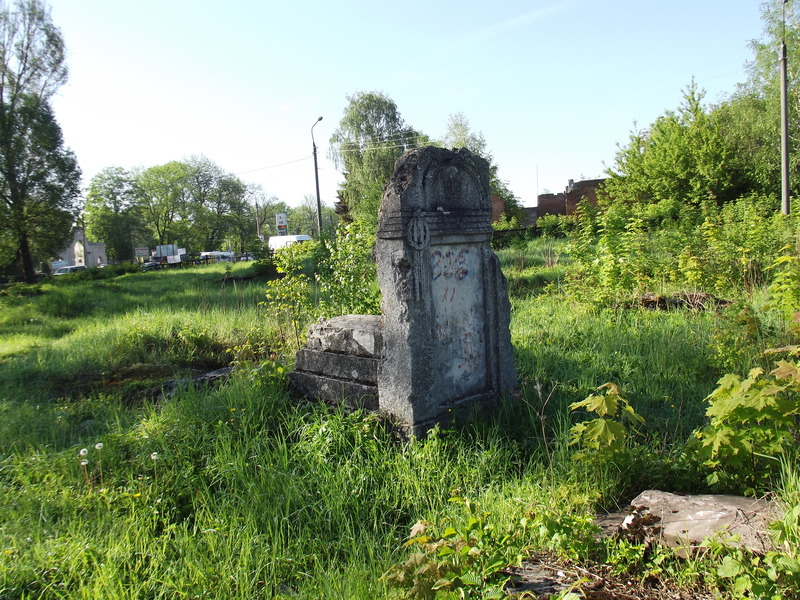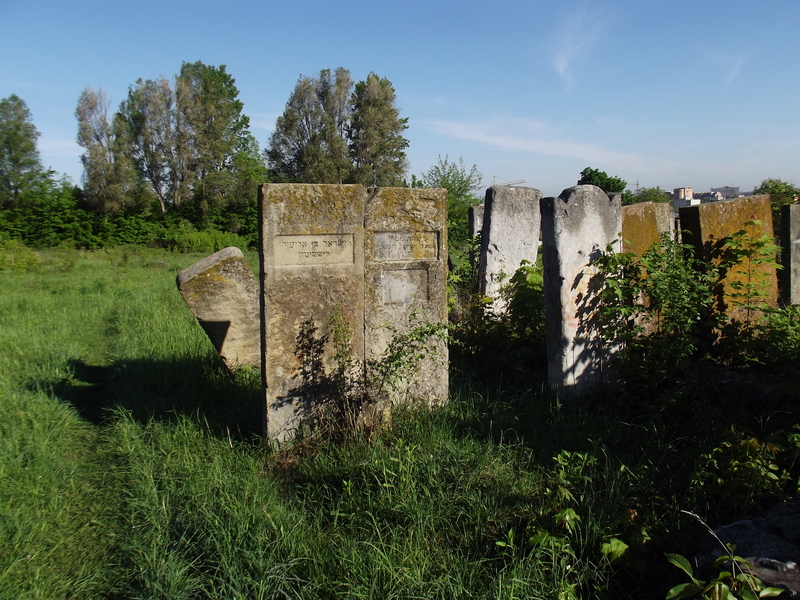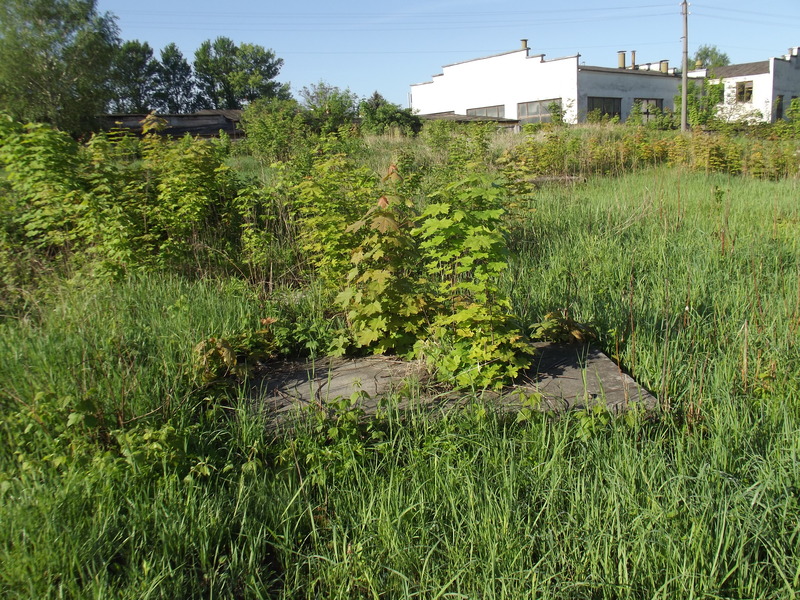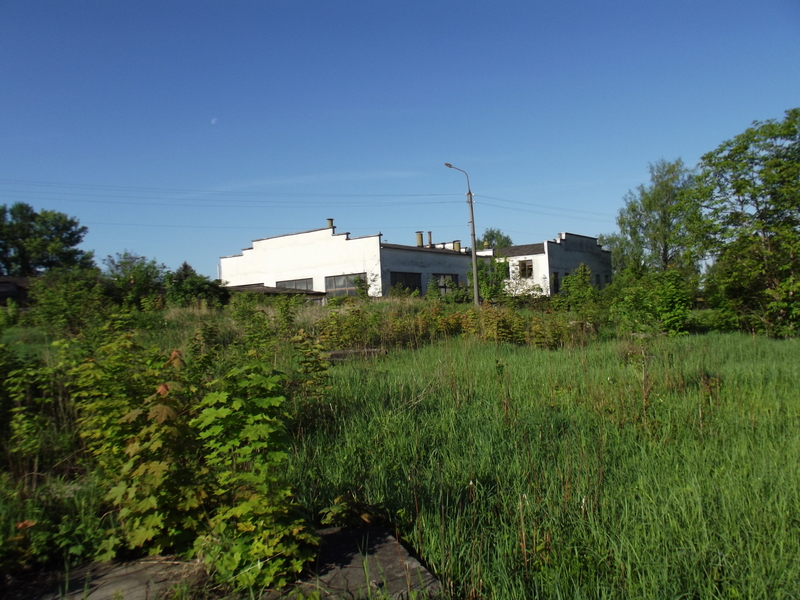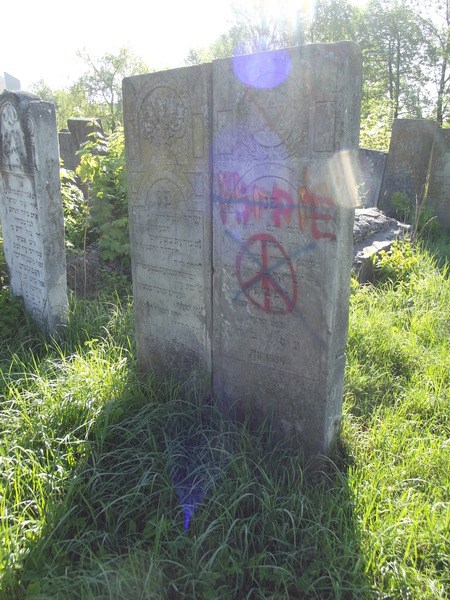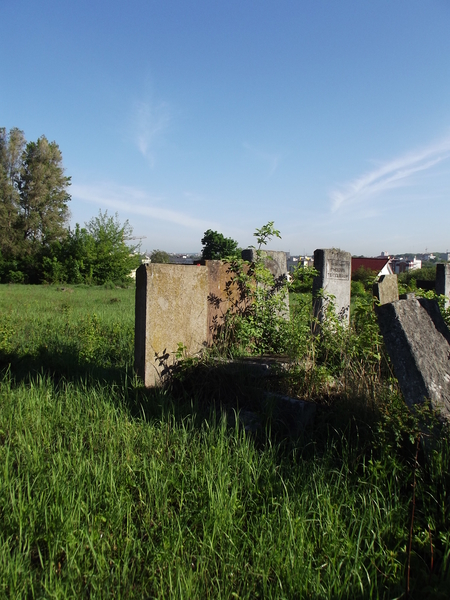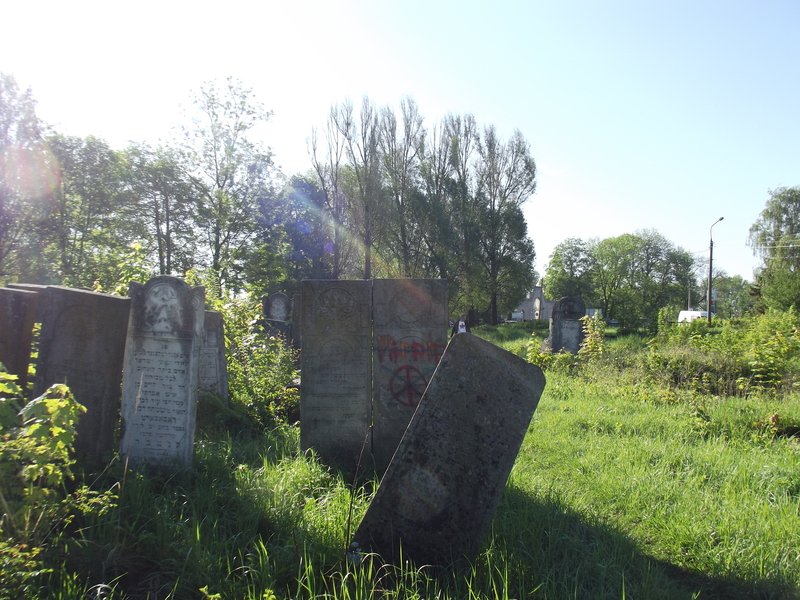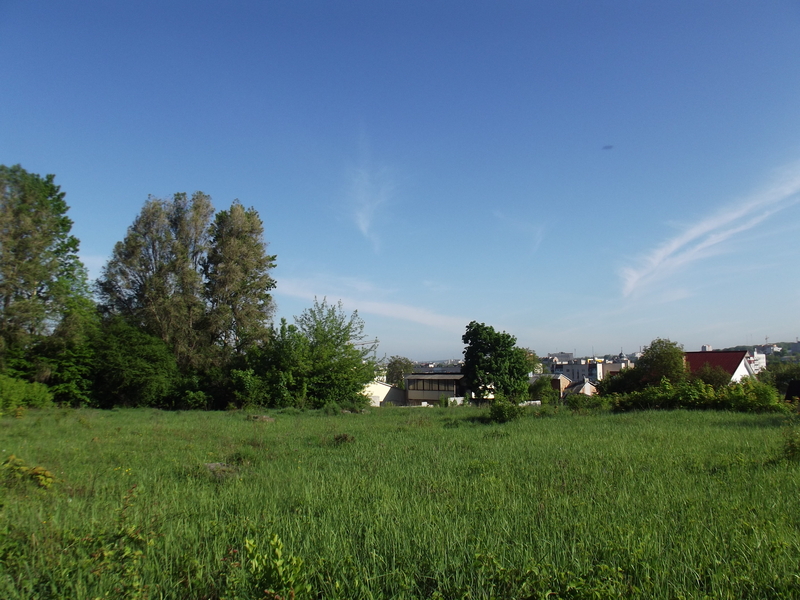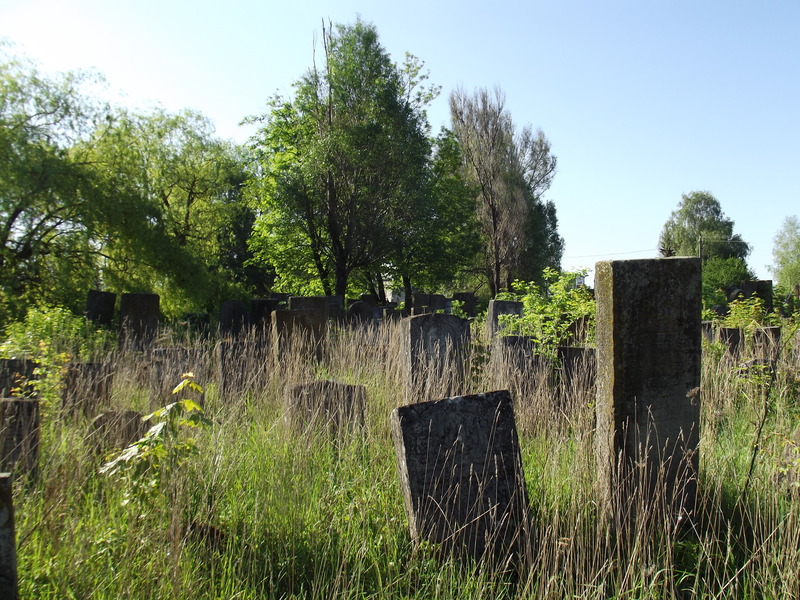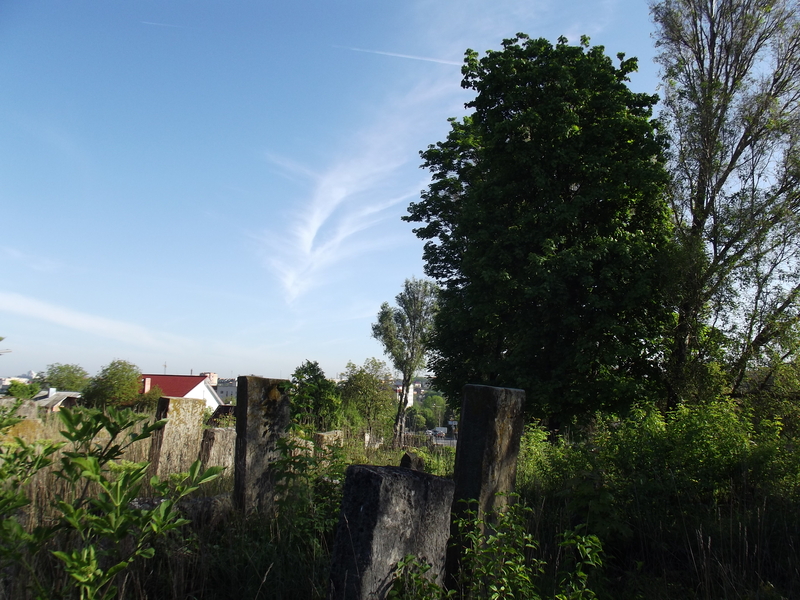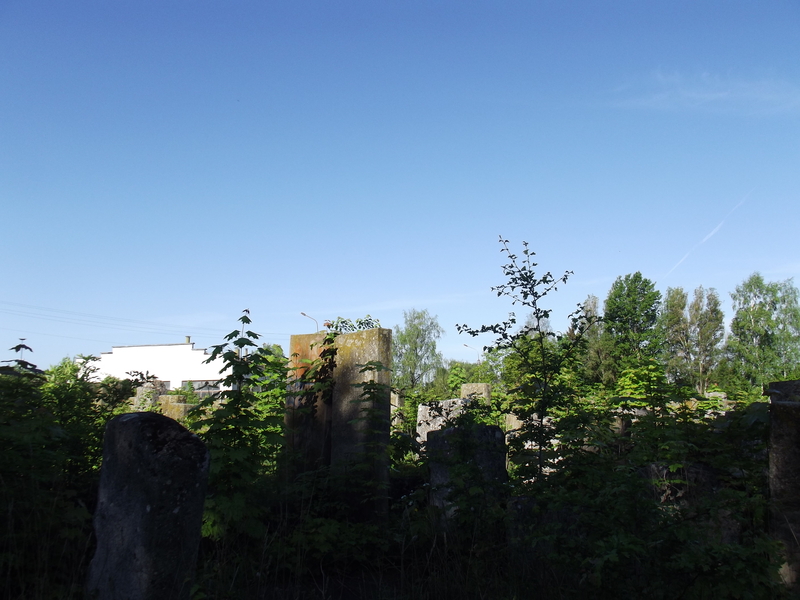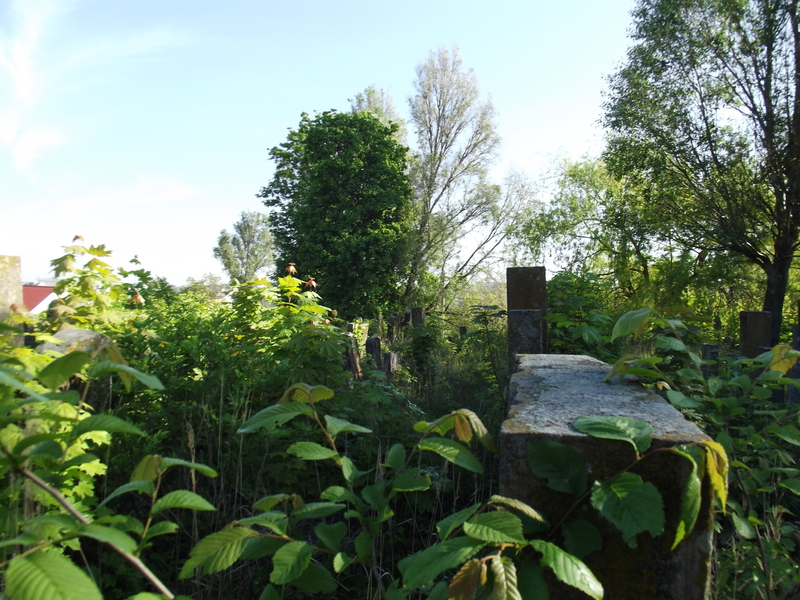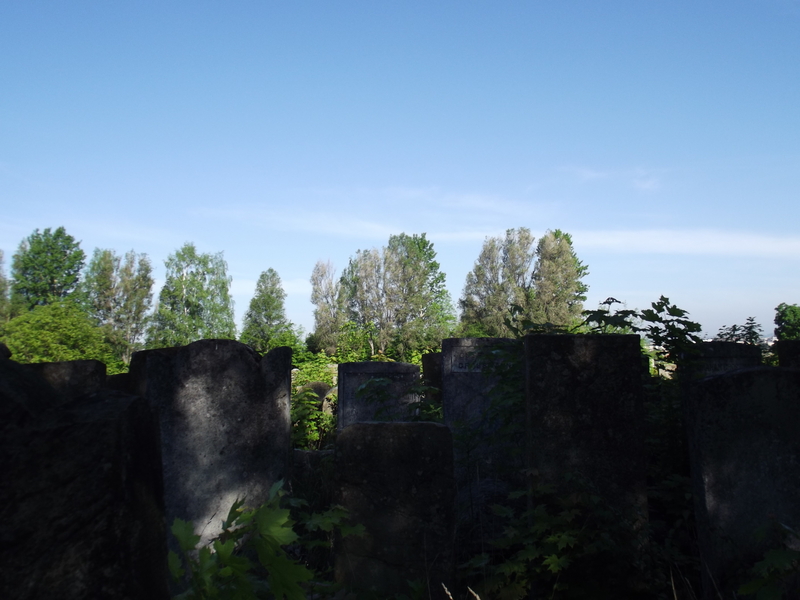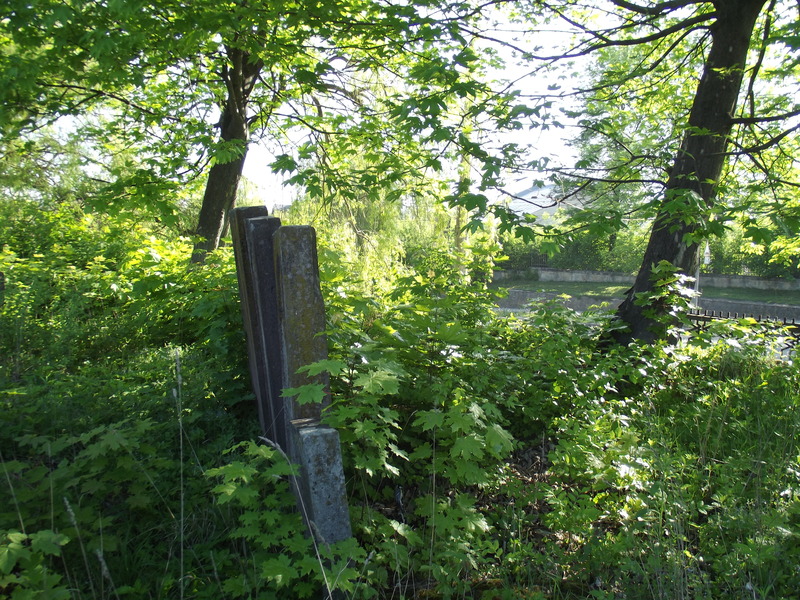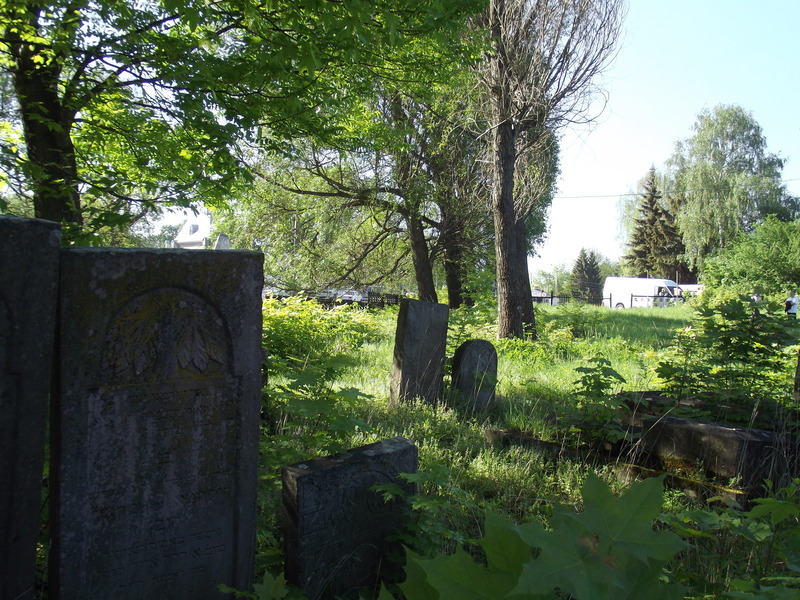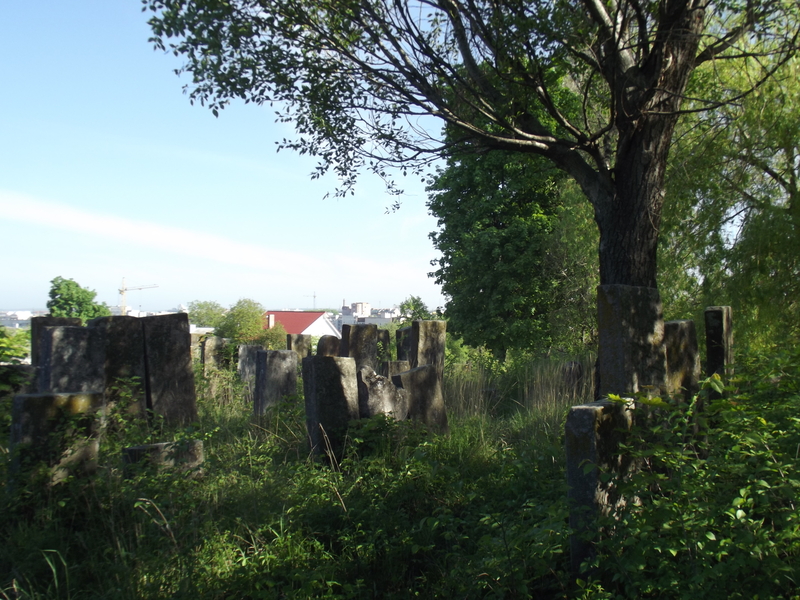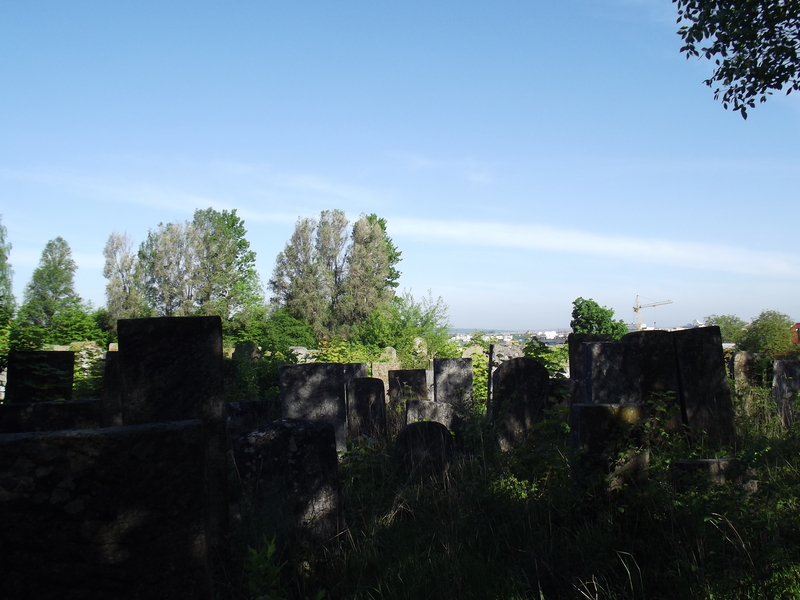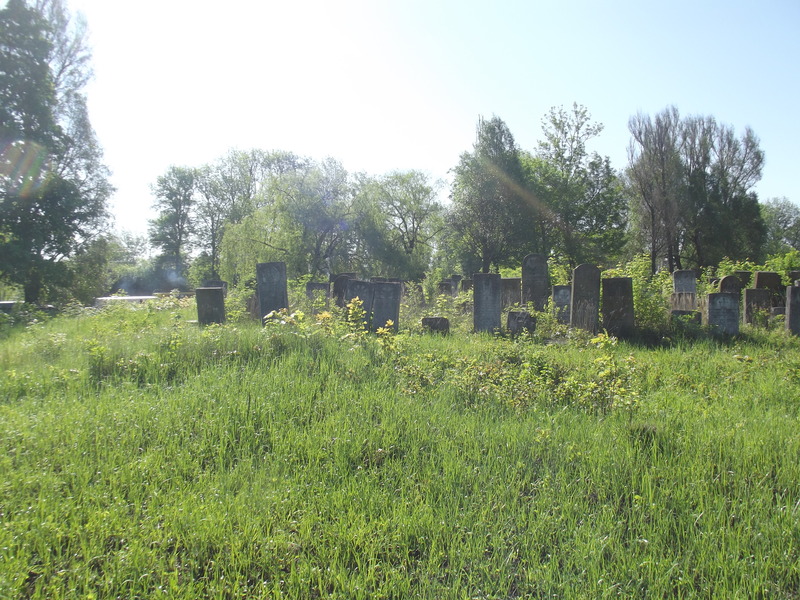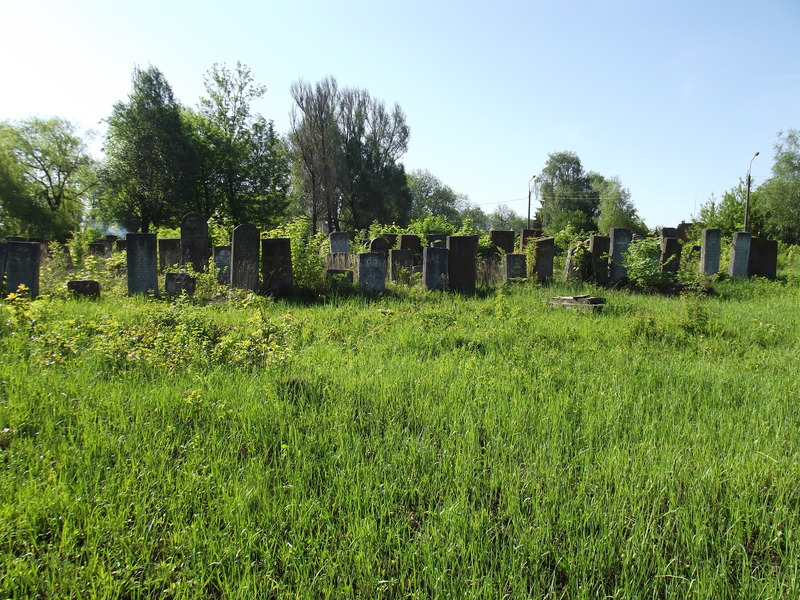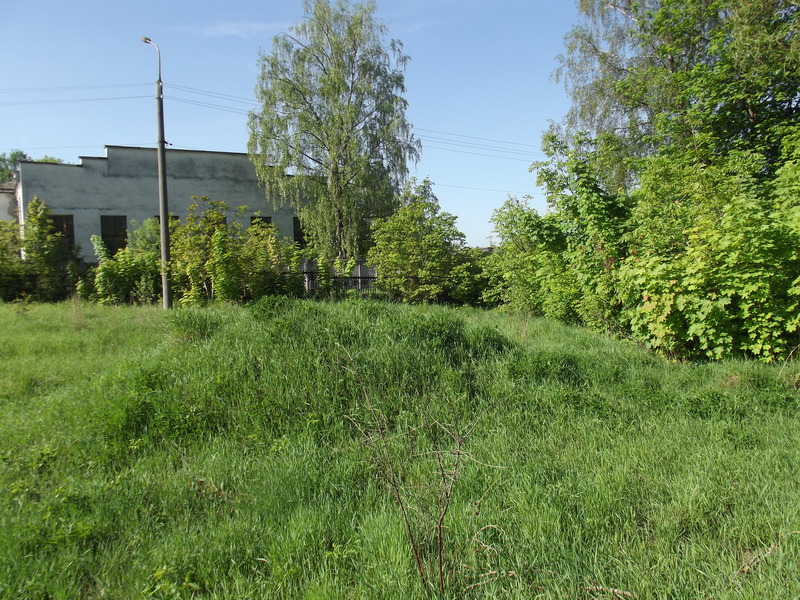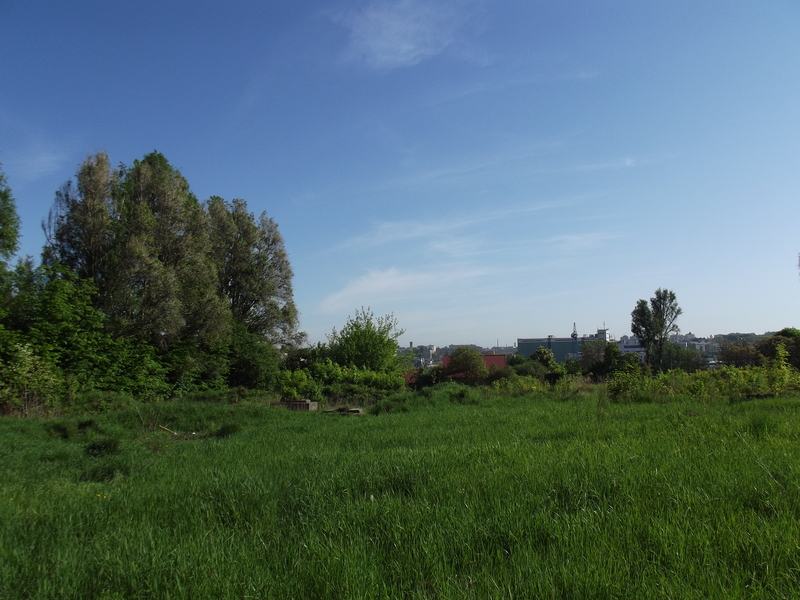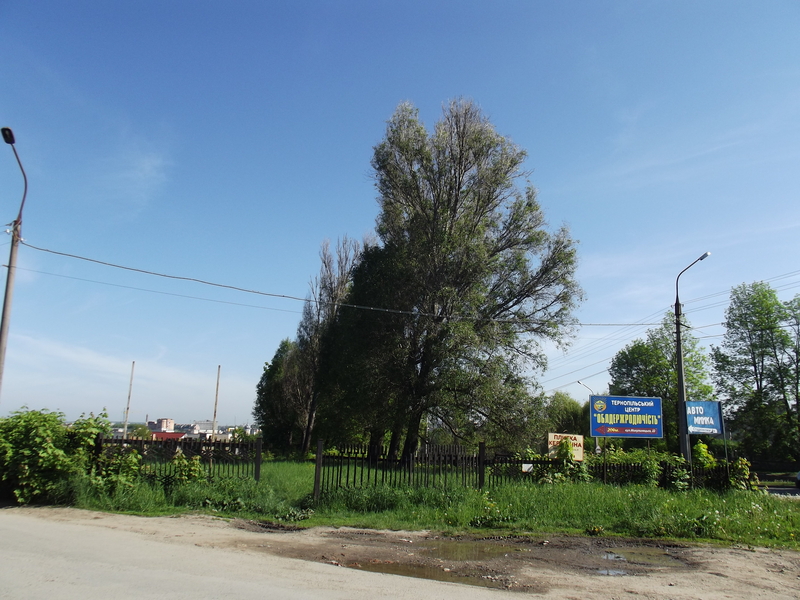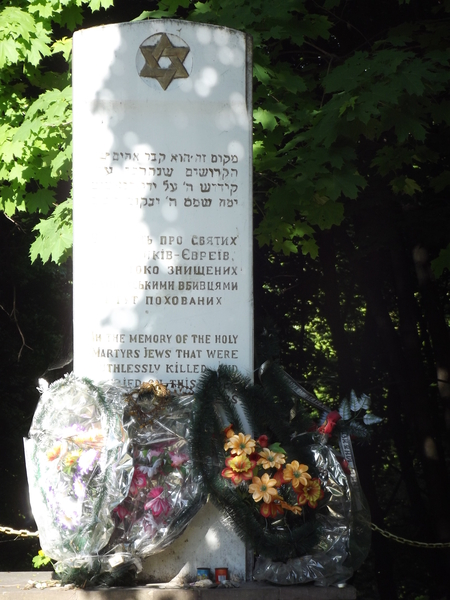 Alternate names: Ternopil' and Тернопіль [Ukr], Tarnopol [Pol, טערנעפּאָל Yid], Ternopol' and Тернополь [Rus]. 49°33' N, 25°35' E, Major city of E Galicia, in W Ukraine, 73 miles ESE of Lviv (Lwów), 59 miles NE of Ivano-Frankivsk (Stanisławów). Jewish population: 13,468 (1880), 13,999 (1931).
Alternate names: Ternopil' and Тернопіль [Ukr], Tarnopol [Pol, טערנעפּאָל Yid], Ternopol' and Тернополь [Rus]. 49°33' N, 25°35' E, Major city of E Galicia, in W Ukraine, 73 miles ESE of Lviv (Lwów), 59 miles NE of Ivano-Frankivsk (Stanisławów). Jewish population: 13,468 (1880), 13,999 (1931).
- KehilaLink in Progress
- Gesher Galicia
- Museum of the History of Polish Jews
- Jewish Records Indexing Poland Town Page
- Słownik Geograficzny Królestwa Polskiego (1880-1902), XII, pp. 187-194: "Tarnopol".
- Shtetl Finder (1989), p. 101: "Tarnopol".
- Pinkas HaKehilot, Poland, Vol. 2 (1980), pp. 234-251: "Tarnopol".
- Encyclopedia of Jewish Life (2001), pp. 1291-1293: "Tarnopol".
- Еврейская энциклопедия (1906-1913), "Тарнополь, город".
CEMETERY:
TERNOPOL I: US Commission No. UA19010102
Ternopol is located in Ternopolskaya at 49º33 25º35, 480 km from Kiev and 120 km from Lvov. The cemetery is located at Mikulnetskaya St. Present town population is over 100,000 with 101-1,000 Jews.
The earliest known Jewish community was 1540. 1939 Jewish population (census) was 13768. Effecting the Jewish Community was B. Khmelnitskiy Pogroms. The Jewish cemetery was established in the 19th century. Jewish Community was Hasidic. No other towns or villages used this unlandmarked cemetery. The isolated urban flat land on a hillside and crown of a hill has no sign or marker. Reached by turning directly off a private road, access is open to all. A continuous fence with no gate surrounds the cemetery. 101 to 500 common tombstones, most in original location with less than 25% toppled or broken, date from 1903. Location of any removed stones is unknown. The cemetery contains no known mass graves. Municipality owns site now used for Jewish cemetery use and industrial or commercial use. Adjacent properties are commercial or industrial. The cemetery boundaries are smaller now than 1939 because of commercial or industrial development. Occasionally, organized Jewish group tours or pilgrimage groups, Jewish or non-Jewish private visitors and local residents visit. The cemetery was vandalized during World War II but not in the last ten years. Jewish individuals within country and abroad, Jewish groups within country and abroad cleared vegetation and fixed wall in 1991-1994. Now, occasionally, individuals clear or clean. Vegetation overgrowth is a constant problem, disturbing both graves and stones. Serious threat: uncontrolled access and vegetation. Moderate threat: vandalism. Slight threat: pollution.
Krizhner Moisey of 263005 Lutsk, Prez. Grushevskogo Prospect 18, Apt. 38, 263005 [Phone: (03322) 34775] visited site on 8/29/94 with Gotlib Kalman of Ternopol, Dovzhenko st. 11, apt.75 [Phone: (03522)44216]. Interviewed on 8/29/94 was Gotlib Kalman of Ternopol.
Sokolova Eleonora Evgenievna of 263005 Lutsk, Prez.Grushevskogo Prospect 18, Apt. 38 [Phone: (03322) 34775] completed survey on 08/29/1994. Other documentation exists but was inaccessible and written in Yiddish, Hebrew, German, Polish.
TERNOPOL II: US Commission No. UA19010101
Living here were Rabbi Igusha Geshel, 1740 and Nakhman Krokhmal. The Jewish cemetery was established in the 16th century. No other towns or villages used this unlandmarked Hasidic cemetery. The urban, located at the crown of a hill, isolated, has no sign or marker. Reached by turning directly off a public road and turning directly off a private road. No stones are visible. Stones removed were incorporated into roads or structures. The cemetery has no special sections. The cemetery contains no known mass graves. Municipality owns site now used for housing. Adjacent properties are residential. The cemetery boundaries are smaller now than 1939 because of housing development. There is no maintenance. Very serious threat: existing and proposed nearby development.
Krizhner Moisey of 263005 Lutsk, Prez. Grushevskogo Prospect 18, Apt. 38, 263005 [Phone: (03322) 34775] visited site on 8/30/94 with Gotlib Kalman of Ternopol, Dovzhenko st. 11, apt.75 [Phone: (03522) 44216]. Interviewed on 8/30/94 was Gotlib Kalman of Ternopol. Krizhner completed survey on 08/30/1994. Other documentation exists but was inaccessible and written in Yiddish, Hebrew, German, Polish.
Photos courtesy This email address is being protected from spambots. You need JavaScript enabled to view it., taken May 2011
Photos courtesy This email address is being protected from spambots. You need JavaScript enabled to view it. [Photos taken 2012]
Photos by This email address is being protected from spambots. You need JavaScript enabled to view it. [2014]
[UPDATE] Photos by Charles Burns [April 2016]

